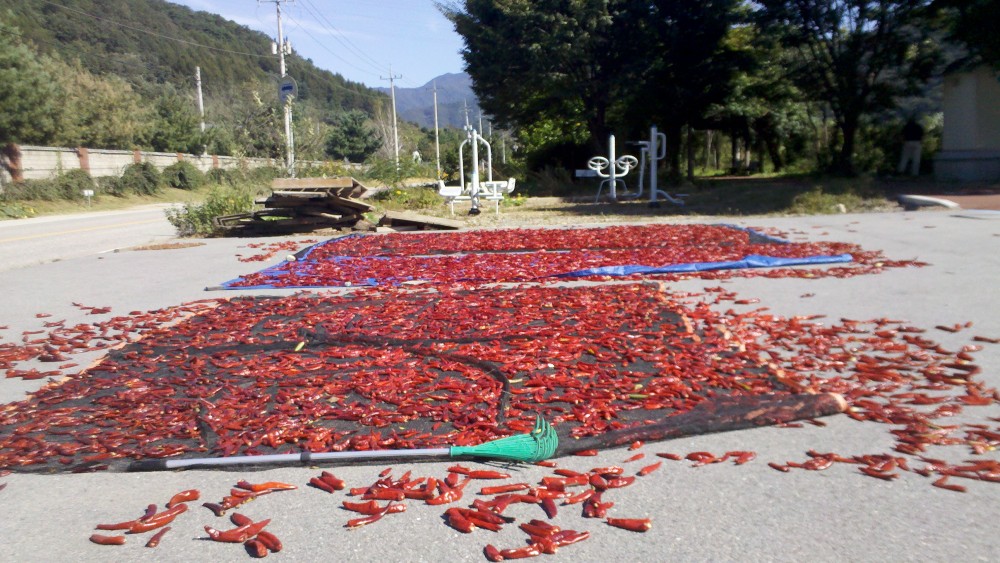Monuments and memorials are tricky. The study of place is one central focus of Geography. The place itself, like the scope of a paper, is scalable and could cover a single house or neighborhood or an entire city. Having geographically larger study areas is somewhat harder to justify though unless the region is organized along some central phenomenon, like wetlands in Florida. What makes monuments and memorials tricky is the, almost always, tenuous relationship they have with human history.
Monuments are like maps or research papers, the only difference is that they are written into the landscape. But they are also very similar. Aesthetically, all can create a sense of place, like the ground upon which you’re standing is more significant than if the monument wasn’t there. But they are selective in the emotions and history that they convey. When the monument or memorial is created (or financed) by a state, you can also be certain that its bias is for the state. Not that this is necessarily a bad thing, its just a thing. The real problem though is when the nature of the state changes, making past monuments and memorials seemingly “obsolete.”
A great example is the removal of statues of Lenin by formerly communist states. In October 2012, Ulan Bator (the capital of Mongolia) removed its last statue of Lenin. As the article on this story observes, Mongolia was a satellite of the Soviet Union until the global collapse of Russian communism in the 1990s. Since the drift of Mongolia away from Russia it has looked increasingly to the West (especially the United States, Mongolia declared English a second language in the country in 2005) and China (which receive most of its imports). Rather than adopt Chinese-style consumer-communism, Mongolia established a parliamentary republic. English as a second language is a not very subtle indication that Mongolia’s state doesn’t want to be defined by its two giant neighbors, Russia and China.
On the surface, the removal of Lenin’s statues seems justifiable, Ulan Bator’s mayor at the time credited Lenin with ultimate responsibility for the deaths of almost 100 million people throughout the communist era (say 1917 to 1991). I would add Karl Marx and Friedrich Engels since these two were the authors of that system. We could even interpret the removing of Soviet-era statues as part of the state’s resistance to Russian cultural imperialism. While declaring English as a second language is a proactive symbol, the statue’s removal is more reactive. Of course, I wonder what reasons one could argue to leave the statue in place.
While the decision to remove the statue obviously belongs to Mongolians, when I first began writing this post I thought that one should have been left intact in the city. But I’m changing my answer (one can do that as author), I think a statue of Lenin should be kept at the National Museum of Mongolian History. As terrible as the destruction and death wrought in the name of Marx and Engels’ idea was, it would be unfortunate to forget that Lenin was “worshiped” (the article’s words) as “Teacher Lenin” by school children and is credited with supporting the Mongolian revolution against China in 1921. On Russia’s timeline the civil war between the Whites and Reds was ongoing during the Mongolian revolution, however the Bolsheviks had control of the state. Most statues in Mongolia were erected upon Lenin’s death in 1924. Keeping at least one statue within the city reminds Mongolians and visitors that Lenin was a man, with positive and negative impact on the world in which we live.
But my decision to change the statue’s location from outside in the streets to a museum is based on the sense of place. Outside, the statue is a monument or memorial, it implies a celebration or positive remembrance, which doesn’t politically seem to be the case. But in a museum, the statue of Lenin could have a more permanent space. In this place, future Mongolians could read about how Communism led to the deaths of many but this one particular man supported Mongolians’ struggle for freedom. This sort of even-handed approach promotes the positive impact that Lenin had on Mongolia, while maintaining the larger story of Russian Communism’s failure.
